Home>Home Appliances>Lighting Appliances>How To Connect To LED Strips
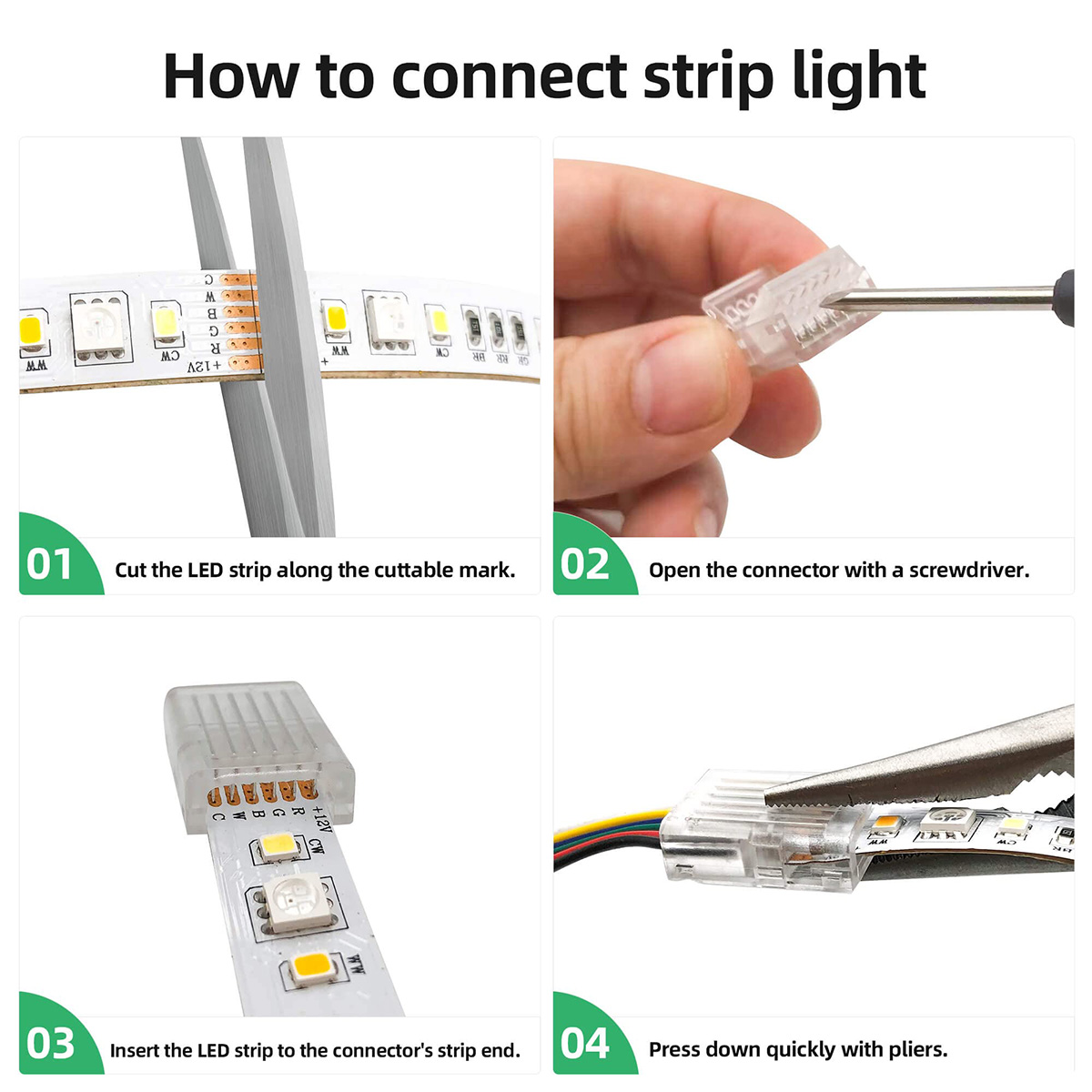

Lighting Appliances
How To Connect To LED Strips
Modified: January 5, 2024
Learn how to easily connect LED strips to your lighting appliances and create the perfect ambiance. Step-by-step guide and expert tips for hassle-free installation.
(Many of the links in this article redirect to a specific reviewed product. Your purchase of these products through affiliate links helps to generate commission for Storables.com, at no extra cost. Learn more)
Introduction
Welcome to the world of LED strips! These versatile lighting appliances have become increasingly popular due to their energy efficiency, flexibility, and vibrant illumination capabilities. Whether you’re looking to add some pizzazz to your living room, create a cozy ambiance in your bedroom, or enhance the functionality of your kitchen, LED strips are an excellent choice.
In this article, we will guide you through the process of connecting LED strips to power sources, making it easier for you to bring light and color into your space. We’ll cover everything from the tools and materials you’ll need to step-by-step instructions on setting up and testing the connections. So, let’s dive in!
Before we get started, it’s important to have a basic understanding of LED strips. LED stands for Light Emitting Diode, which is a semiconductor device that emits light when an electric current is applied to it. LED strips consist of multiple LEDs placed close together along a flexible circuit board. These strips come in various lengths and can be cut to fit your desired lighting arrangement.
LED strips offer a wide range of colors, from cool white to warm yellow and vibrant RGB (Red, Green, Blue) options. They also come with different levels of brightness, allowing you to control the intensity of the light. Additionally, there are different types of LED strips, such as waterproof strips for outdoor use and adhesive-backed strips for easy installation.
Now that you have a basic understanding of LED strips, let’s take a look at the tools and materials you’ll need to connect them to a power source.
Key Takeaways:
- Transform any space with vibrant LED strip lighting, from cozy bedrooms to functional kitchens. Understand the components, gather tools, connect to power, and enjoy the ambiance!
- Securely connect and install LED strips for versatile and efficient lighting. Follow step-by-step instructions, test the connection, and revel in the vibrant illumination.
Read more: How To Connect Cut LED Strips
Understanding LED Strips
LED strips are a fantastic lighting solution that can transform the look and feel of any space. Before we dive into the technical details of connecting LED strips, it’s essential to understand how they work and the different components that make up these versatile lighting appliances.
LED strips consist of several main components:
- LEDs (Light Emitting Diodes): These small electronic devices are responsible for emitting the light. LEDs are highly efficient and produce bright illumination using minimal power.
- Flexible Circuit Board: The LEDs are mounted on a thin, flexible circuit board, allowing you to bend and shape the strip according to your needs. This flexibility makes LED strips ideal for a wide range of applications, including curves, corners, and irregular surfaces.
- Power Supply: LED strips require a power supply to operate. The power supply converts the standard electrical voltage into the appropriate voltage and current required by the LEDs.
- Controller: Some LED strips come with a controller that allows you to adjust the brightness, color, and lighting effects. Controllers can be handheld or remote-controlled, providing convenient access to customize the lighting experience.
- Connectors and Wires: LED strips often come with connectors and wires to facilitate the connection between different parts of the strip or to extend the length by connecting multiple strips together.
LED strips are available in various lengths, usually measured in meters or feet. You can easily find strips that are cuttable at specific intervals, allowing you to customize the length to fit your specific lighting requirements.
When it comes to color options, there are several choices available:
- Single Color: These LED strips emit a single color, such as cool white, warm white, or yellow. They are perfect for creating ambiance and general lighting.
- RGB (Red, Green, Blue): RGB LED strips can produce a wide range of colors by mixing different intensities of red, green, and blue light. You can use a controller to select any color or create changing color effects.
- RGBW (Red, Green, Blue, White): RGBW LED strips combine RGB colors with an additional white LED. This allows for more precise white lighting, making them suitable for tasks that require accurate color representation.
LED strips also come with different levels of brightness, measured in lumens. Brightness options range from subtle accent lighting to powerful illumination suitable for task lighting purposes.
Understanding the components and options available with LED strips will help you make informed decisions when choosing the right strips for your specific lighting needs. Now that we have a clear understanding of LED strips, it’s time to gather the tools and materials necessary to connect them to a power source.
Tools and Materials Needed
Before you start connecting LED strips, it’s important to gather the necessary tools and materials. Having everything prepared beforehand will streamline the installation process and ensure a smooth connection. Here are the tools and materials you will need:
- LED strips: Purchase LED strips of the desired color, length, and brightness according to your specific lighting requirements.
- Power supply: Choose a power supply that matches the voltage and wattage requirements of your LED strips. It’s essential to select a power supply that can handle the total power consumption of all the LED strips connected.
- Controller (if applicable): If your LED strips come with a controller, make sure to have it ready for installation.
- Connectors and wires: Depending on the layout of your lighting setup, you may need connectors and wires to extend or change the direction of the LED strips. Ensure you have the appropriate connectors and wires for your specific LED strip model.
- Scissors or wire cutters: Use scissors or wire cutters to trim the LED strips to the desired length. Make sure they are clean and sharp to prevent any damage to the circuit board.
- Cleaning supplies: It’s a good idea to have some cleaning supplies handy to remove any dust or dirt from the mounting surface before installation. This will ensure better adhesion and improve the longevity of the LED strips.
- Double-sided adhesive tape or mounting clips: LED strips can be mounted using either double-sided adhesive tape or mounting clips, depending on the surface you’re attaching them to. Choose the appropriate mounting option based on your preference and the durability required for your space.
- Electrical tape: Electrical tape can be useful for securing connections and providing insulation, ensuring safety and preventing any short circuits.
Once you have gathered all the necessary tools and materials, you are ready to proceed with connecting your LED strips to a power source. The next section will walk you through the step-by-step process, making it easier for you to achieve the desired lighting effect in your space.
Remember to follow the manufacturer’s instructions for any specific tools or materials required for your LED strip model. Having everything prepared and within reach will save you time and make the installation process more efficient. Now that you are well-equipped with the tools and materials, let’s move on to the steps for connecting LED strips to the power supply.
Step 1: Setting Up the Power Supply
The power supply is a crucial component when it comes to connecting LED strips. It provides the necessary electrical current and voltage for the LEDs to function properly. Follow these steps to set up the power supply:
- Check the power requirements: Before purchasing a power supply, make sure to check the voltage and wattage requirements of your LED strips. The power supply should match or exceed the specifications provided by the LED strip manufacturer.
- Choose the appropriate power supply: Select a power supply that matches the voltage and wattage requirements of your LED strips. It is important to ensure that the power supply can handle the total power consumption of all the LED strips connected.
- Ensure safety precautions: Make sure the power supply is certified for safety and meets relevant electrical standards. Avoid using old or damaged power supplies, as they can pose a risk of electrical issues or malfunctions.
- Position the power supply: Find a suitable location near the power source where you can place the power supply. Make sure it is easily accessible and allows for proper ventilation to prevent overheating.
- Connect the power cord: Plug one end of the power cord into the power supply and the other end into a standard electrical outlet. Ensure a secure connection.
- Check the voltage: If your power supply has a voltage switch, double-check that it is set to the appropriate voltage for your area. Using the incorrect voltage can damage the LED strips.
Once you have set up the power supply, you are ready to move on to the next step: preparing the LED strip for connection. It’s important to follow these steps carefully to ensure a safe and effective installation. By properly setting up the power supply, you’ll be one step closer to enjoying the vibrant illumination of your LED strips.
Step 2: Preparing the LED Strip
Before you can connect the LED strip to the power supply, it’s crucial to properly prepare the strip for installation. Follow these steps to ensure a smooth and secure connection:
- Measure the required length: Determine the desired length of the LED strip for your lighting setup. Use a tape measure to measure the distance accurately. LED strips are often indicated with cutting points, allowing you to trim them to the desired length.
- Cut the LED strip: Using sharp scissors or wire cutters, carefully cut the LED strip at the designated cutting point. Make sure to follow the manufacturer’s instructions and cut along the designated lines to avoid damaging the circuit board.
- Prepare the connecting end: Once you have the desired length, you may need to prepare the connecting end of the LED strip to ensure a proper connection to the power supply. This may involve removing the protective coating or exposing the soldering points, depending on the type of connector you will be using.
- Clean the mounting surface: Before attaching the LED strip, clean the mounting surface with a mild cleanser or alcohol to remove any dust, dirt, or grease. This will ensure better adhesion and help the LED strip adhere securely to the surface.
- Apply double-sided adhesive tape or mounting clips: Depending on the type of mounting option you’ve chosen, apply double-sided adhesive tape or attach mounting clips to the back of the LED strip. Ensure even spacing if using multiple mounting clips.
- Secure the LED strip to the mounting surface: Carefully align the LED strip with the chosen mounting location and press it firmly against the surface. If using mounting clips, slide the strip into the clips and secure them in place. Press down along the entire length of the strip to ensure proper adhesion.
- Inspect the strip: Once the LED strip is securely mounted, visually inspect it to ensure there are no visible damage or loose connections. Check for any irregularities or loose components that may affect the performance of the strip.
By properly preparing the LED strip, you’ll ensure a secure and reliable connection to the power supply. Taking the time to measure, cut, clean, and mount the strip will result in a professional-looking installation and enhance the overall performance and longevity of your LED strip lighting system.
With the LED strip prepared, it’s time to move on to the next step: connecting the LED strip to the power supply. This step brings the components together and allows you to bring your LED strip to life with vibrant illumination.
When connecting LED strips, make sure to match the positive (+) and negative (-) terminals on the strip with the corresponding terminals on the power source or controller to avoid damaging the LEDs.
Read more: How To Connect LED Strips To A Battery
Step 3: Connecting the LED Strip to the Power Supply
After setting up the power supply and preparing the LED strip, it’s time to connect the strip to the power supply. Follow these steps to ensure a proper and secure connection:
- Identify the connections: Locate the connection points on the LED strip and the power supply. The LED strip will typically have solder pads or connectors, while the power supply will have terminals or wires.
- Attach connectors (if applicable): If your LED strip and power supply use connectors, attach them together by plugging them in. Ensure a secure and snug connection to prevent any loose or unstable connections.
- Solder the wires (if applicable): If your LED strip or power supply uses wires instead of connectors, you may need to solder the wires together. Strip the insulation from the wires and carefully solder them together, ensuring a secure and reliable connection. Use heat shrink tubing or electrical tape to insulate the soldered wires for added safety.
- Check polarity: LED strips are polarity-sensitive, meaning they have a positive (+) and negative (-) side. Make sure to align the positive and negative connections correctly to avoid any potential issues. Consult the manufacturer’s instructions or markings on the strip to determine the correct polarity.
- Secure the connection: Once the LED strip and power supply are properly connected, secure the connection using electrical tape or heat shrink tubing. This will provide insulation and prevent any accidental disconnection.
It’s important to be cautious and careful when making the connections to ensure a safe and reliable power supply to the LED strip. Double-check the connections and take your time to ensure everything is properly aligned and securely fastened. A solid and stable connection will ensure proper functioning and longevity of the LED strip.
Now that you have successfully connected the LED strip to the power supply, it’s time to move on to the next step: testing the connection. Testing the connection will ensure that everything is working correctly and allow you to make any necessary adjustments before finalizing the installation.
Step 4: Testing the Connection
After connecting the LED strip to the power supply, it’s essential to test the connection to ensure everything is functioning correctly. Follow these steps to test the connection and troubleshoot any potential issues:
- Turn on the power supply: Switch on the power supply and ensure that it is providing power to the LED strip. Check for any indicator lights on the power supply or controller (if applicable) to confirm that it is receiving electricity.
- Observe the LED strip: Look for any signs of illumination from the LED strip. If the strip is functioning correctly, it should light up in the desired color or preset lighting mode. Pay attention to any flickering, uneven lighting, or complete lack of illumination.
- Check the controller (if applicable): If your LED strip comes with a controller, test its functionality. Adjust the brightness, change the color, or try out different lighting effects to ensure that the controller is working properly.
- Inspect the connections: While testing the LED strip, carefully inspect the connections to ensure they are secure and properly fastened. Check for any loose wires, poor soldering, or signs of overheating. Address any issues immediately and make necessary adjustments or repairs.
- Make adjustments if needed: If you encounter any issues during the testing process, such as flickering or uneven lighting, troubleshoot the problem. Check for loose connections, ensure the correct polarity, and confirm that the power supply can handle the total power consumption of the LED strips.
If any issues persist after troubleshooting, refer to the manufacturer’s instructions or seek professional assistance if necessary. It’s crucial to ensure that the LED strip is functioning optimally and providing the desired lighting effect before finalizing the installation.
Once you have successfully tested the connection and verified that everything is in working order, you’re ready to proceed to the final step: mounting the LED strip. Properly mounting the strip will ensure its stability and longevity, allowing you to enjoy the illumination it provides for an extended period.
Step 5: Mounting the LED Strip
Mounting the LED strip is the final step in the installation process. Proper mounting ensures that the strip is securely attached to the desired surface, providing stability and ensuring optimal illumination. Follow these steps to mount the LED strip:
- Choose the mounting option: Determine the most suitable mounting option for your LED strip and the surface where you want to install it. There are two common mounting options: double-sided adhesive tape and mounting clips.
- Apply double-sided adhesive tape: If you’ve opted for double-sided adhesive tape, remove the protective backing and carefully apply the tape along the entire length of the LED strip. Ensure the tape is evenly spaced and adheres firmly to the strip.
- Clean the mounting surface: Before mounting the LED strip, clean the mounting surface to remove any dust, dirt, or grease. This will help ensure better adhesion and a more secure bond between the strip and the surface.
- Align and firmly press the LED strip: Carefully align the LED strip with the desired location on the mounting surface. Once aligned, firmly press the strip onto the surface, applying even pressure along the entire length to ensure proper adhesion.
- Attach mounting clips (if applicable): If you’re using mounting clips, affix them to the surface at appropriate intervals along the strip. Slide the LED strip into the clips, ensuring a secure fit. Double-check that the strip is aligned properly and securely held in place.
- Inspect the mounting: Once the LED strip is mounted, visually inspect it to ensure that it is secure and properly aligned. Check for any loose sections or signs of instability. Make any necessary adjustments or reinforce the mounting if needed.
Proper mounting is essential to ensure that the LED strip stays securely in place, providing consistent and reliable illumination. If using mounting clips, ensure they are evenly spaced to distribute the weight of the strip evenly. This will prevent sagging or detachment.
Now that the LED strip is securely mounted, step back and admire the beautiful illumination it provides. Whether you’re using the strip for decorative purposes or as functional lighting, a secure and stable mount will enhance the overall appearance and longevity of your LED strip setup.
With the LED strip successfully mounted, you have completed all the necessary steps to connect and install your LED strip. Enjoy the vibrant and versatile lighting that LED strips bring to your space and revel in the ambiance and functionality they provide.
Conclusion
Congratulations! By following the steps outlined in this guide, you have successfully connected and installed your LED strip lighting. LED strips offer a versatile and efficient lighting solution that can transform the look and feel of any space. Not only do they provide vibrant illumination, but they also offer a range of customization options, allowing you to create the perfect ambiance for any occasion.
Throughout this guide, we discussed the importance of understanding LED strips and their components, gathering the necessary tools and materials, setting up the power supply, preparing the LED strip, connecting it to the power supply, testing the connection, and finally, mounting the strip. Each step plays a crucial role in ensuring a safe and optimal lighting experience.
It’s important to note that while this guide provides a general overview of the installation process, specific instructions may vary depending on the brand and model of your LED strip. Always refer to the manufacturer’s instructions for your specific LED strip to ensure proper installation and operation.
LED strips offer numerous benefits, including energy efficiency, versatility, and long lifespan. They can be used in various applications, from adding accent lighting to your living space or highlighting architectural features to creating functional task lighting in the kitchen or workspace. With the ability to change colors, adjust brightness levels, and even synchronize lighting effects, LED strips provide endless possibilities for customization.
Remember to consider safety precautions when working with LED strips and electricity. Ensure that all connections are securely fastened, and the power supply is plugged into a properly grounded electrical outlet. If you have any doubts or concerns, consult a professional electrician for assistance.
Now that you’ve successfully installed your LED strip lighting, it’s time to sit back and enjoy the ambiance and functionality it brings to your space. Experiment with different lighting effects, colors, and brightness levels to create the perfect atmosphere for any occasion.
Thank you for joining us on this LED strip installation journey. We hope this guide has been helpful in guiding you through the process and providing you with the knowledge needed to install your LED strips with confidence and ease. Happy lighting!
Frequently Asked Questions about How To Connect To LED Strips
Was this page helpful?
At Storables.com, we guarantee accurate and reliable information. Our content, validated by Expert Board Contributors, is crafted following stringent Editorial Policies. We're committed to providing you with well-researched, expert-backed insights for all your informational needs.
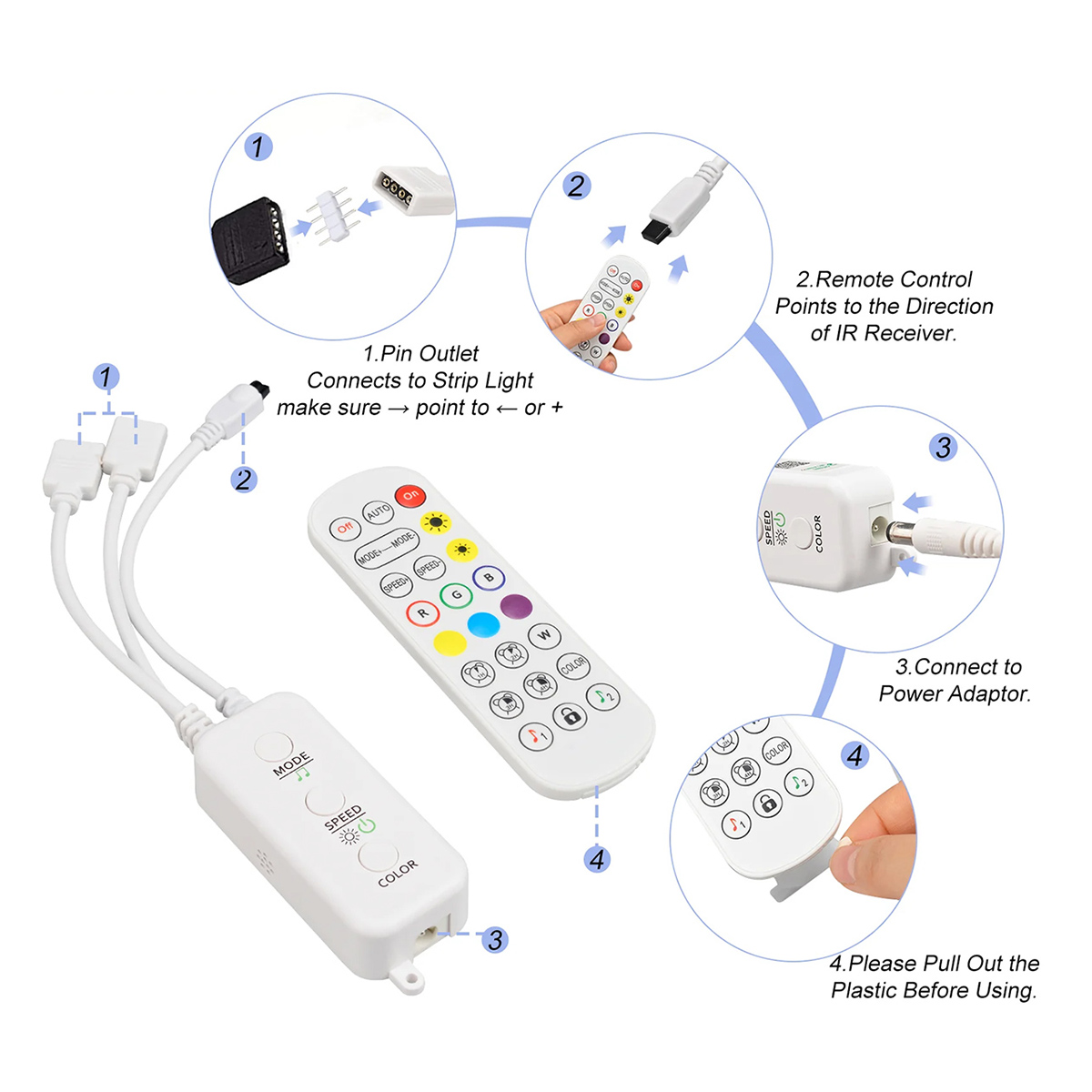
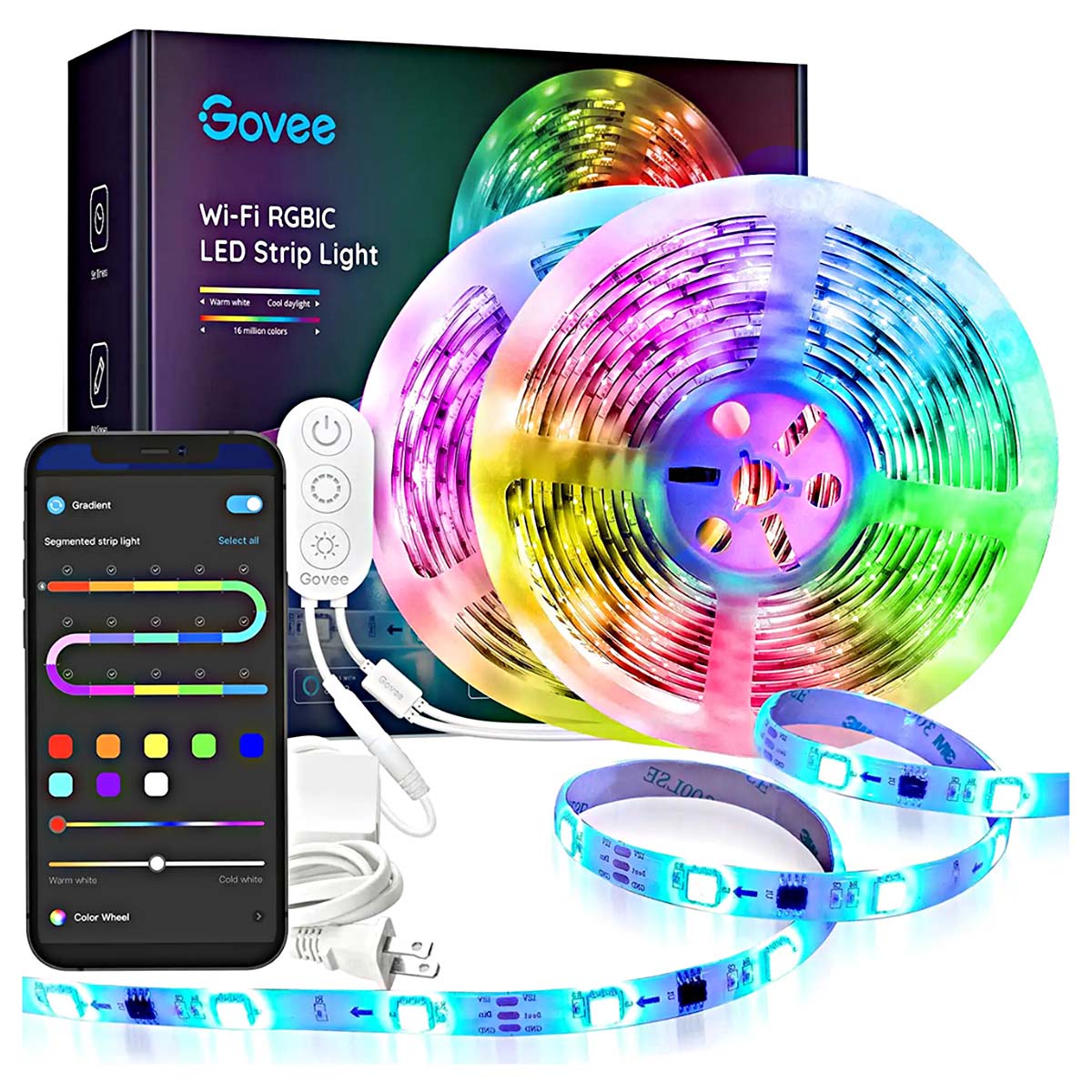
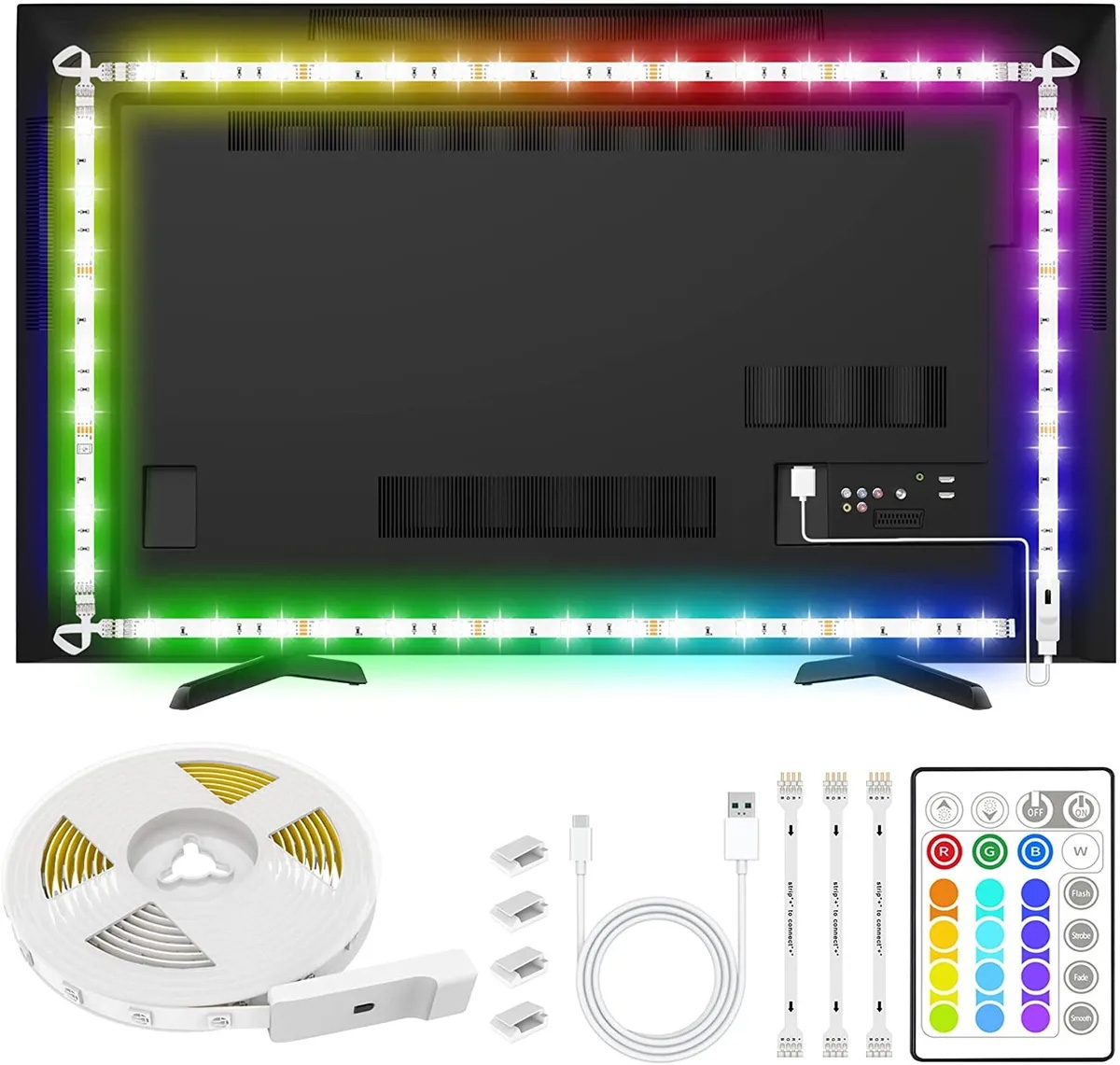
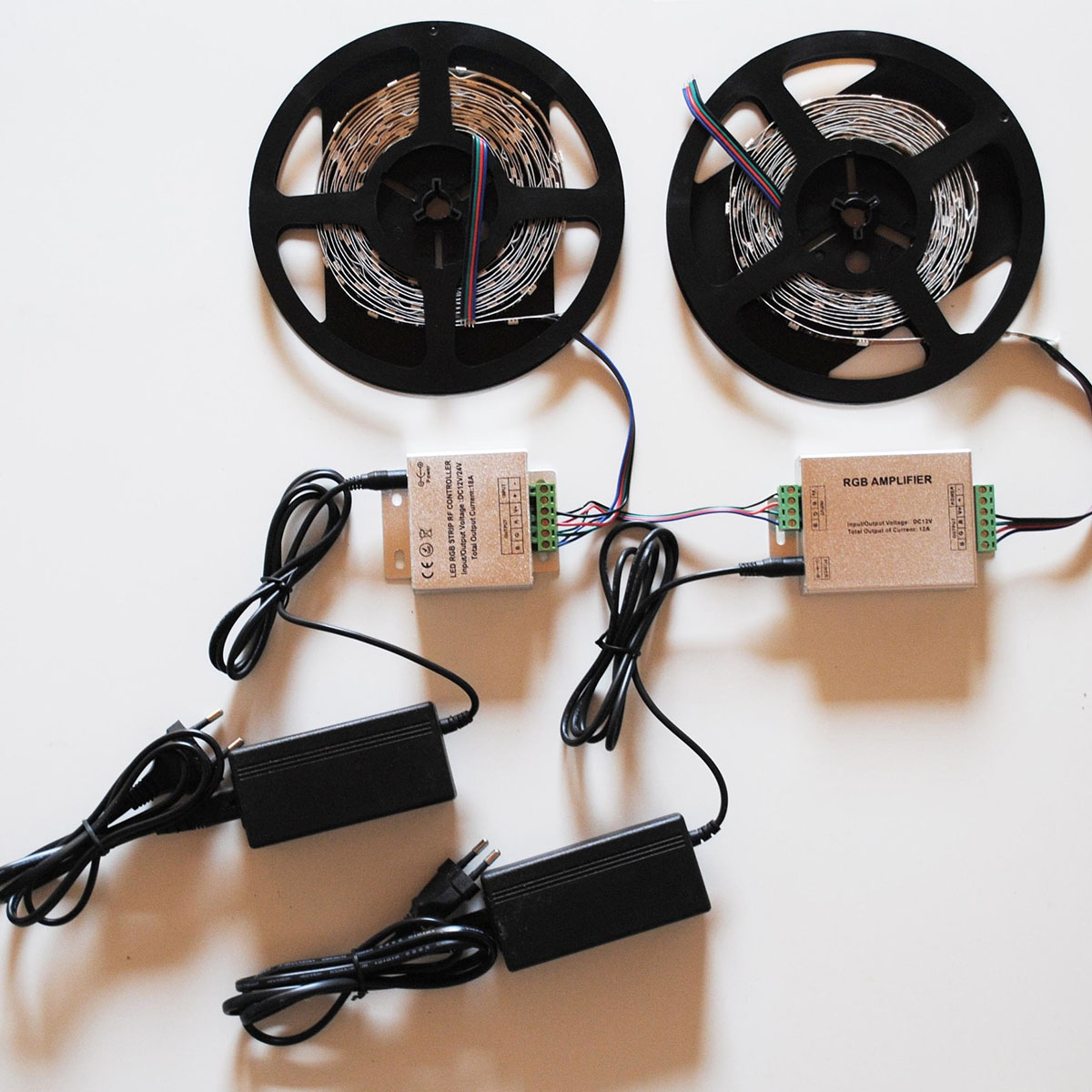
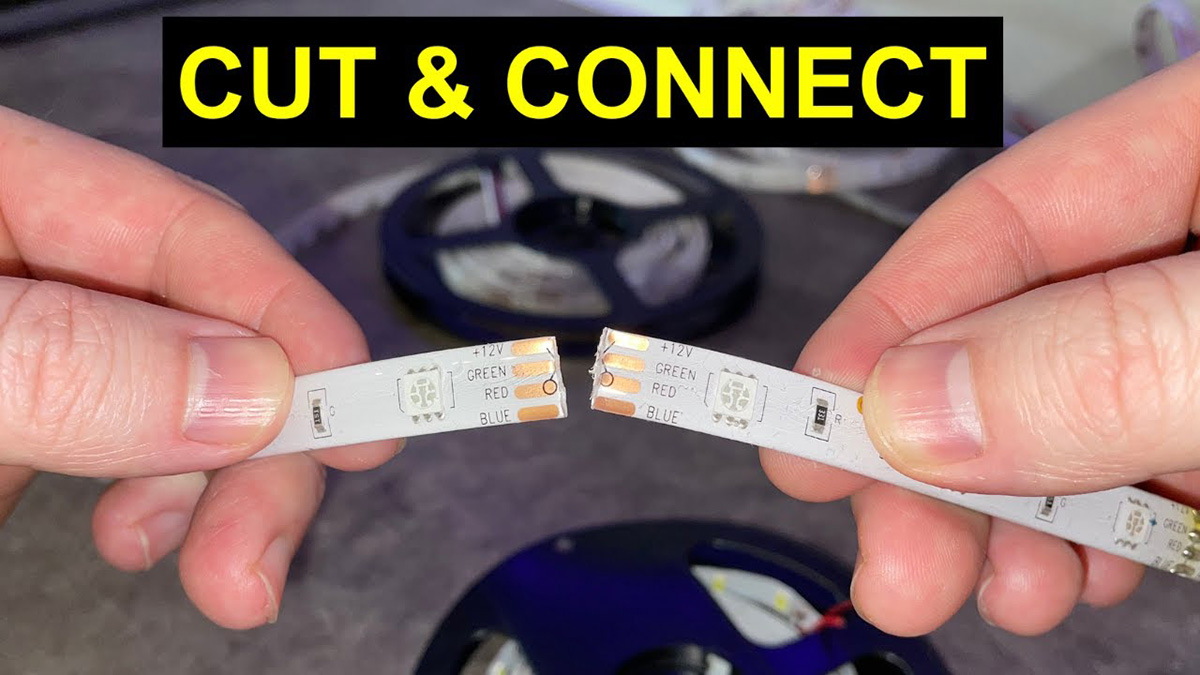
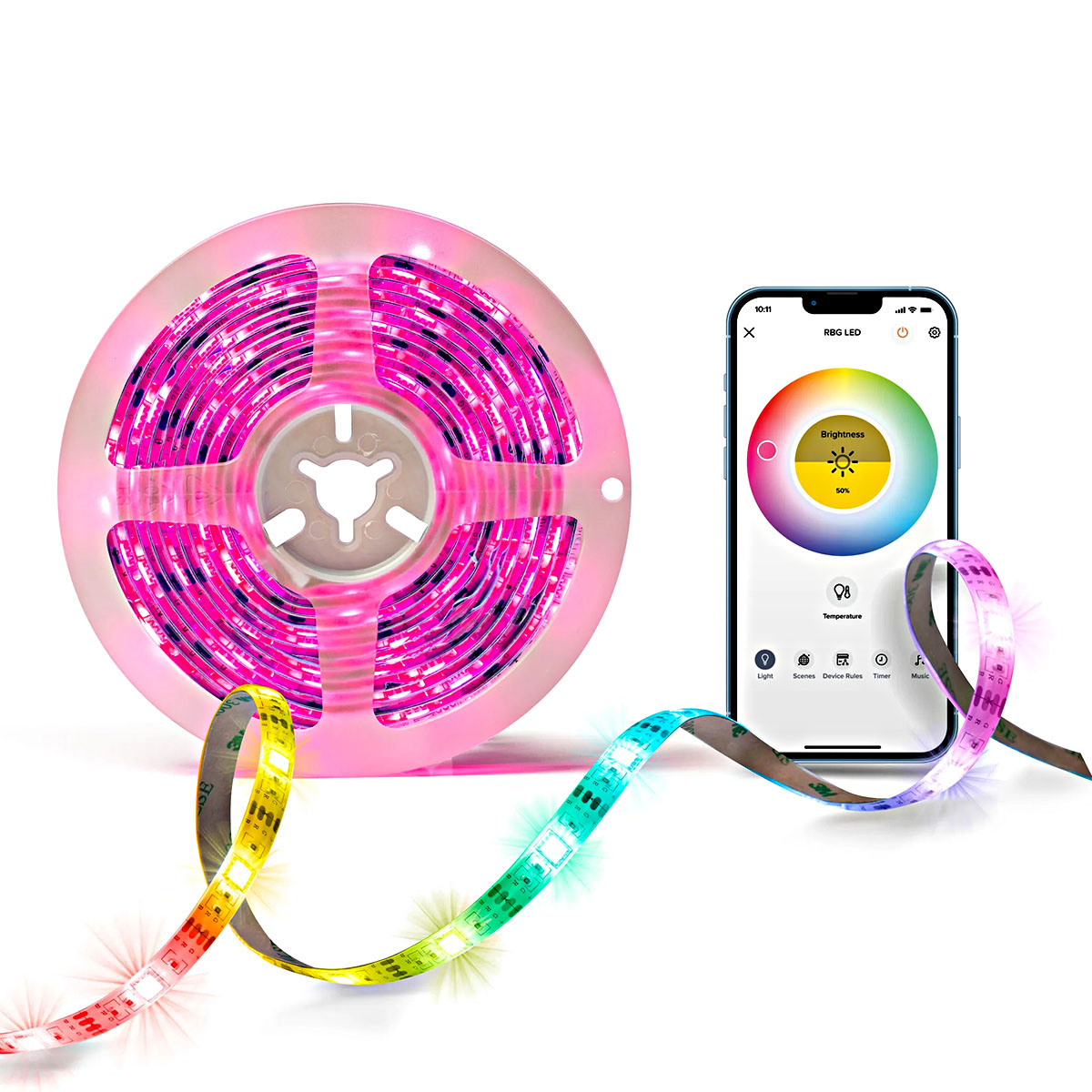
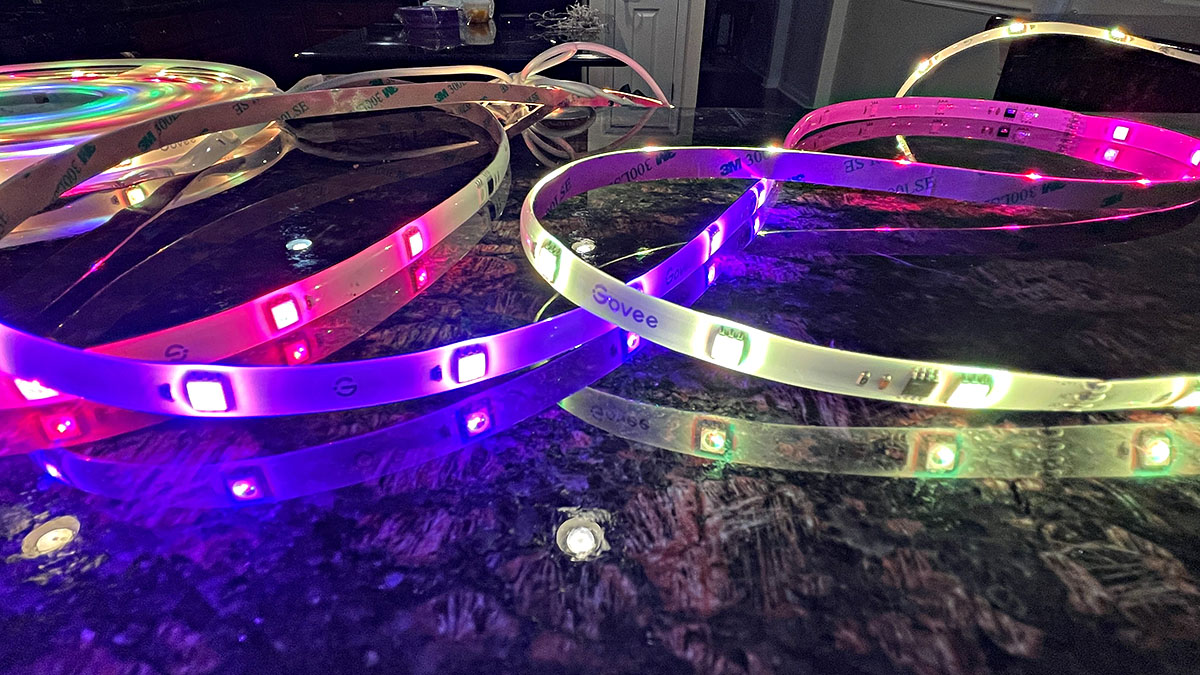
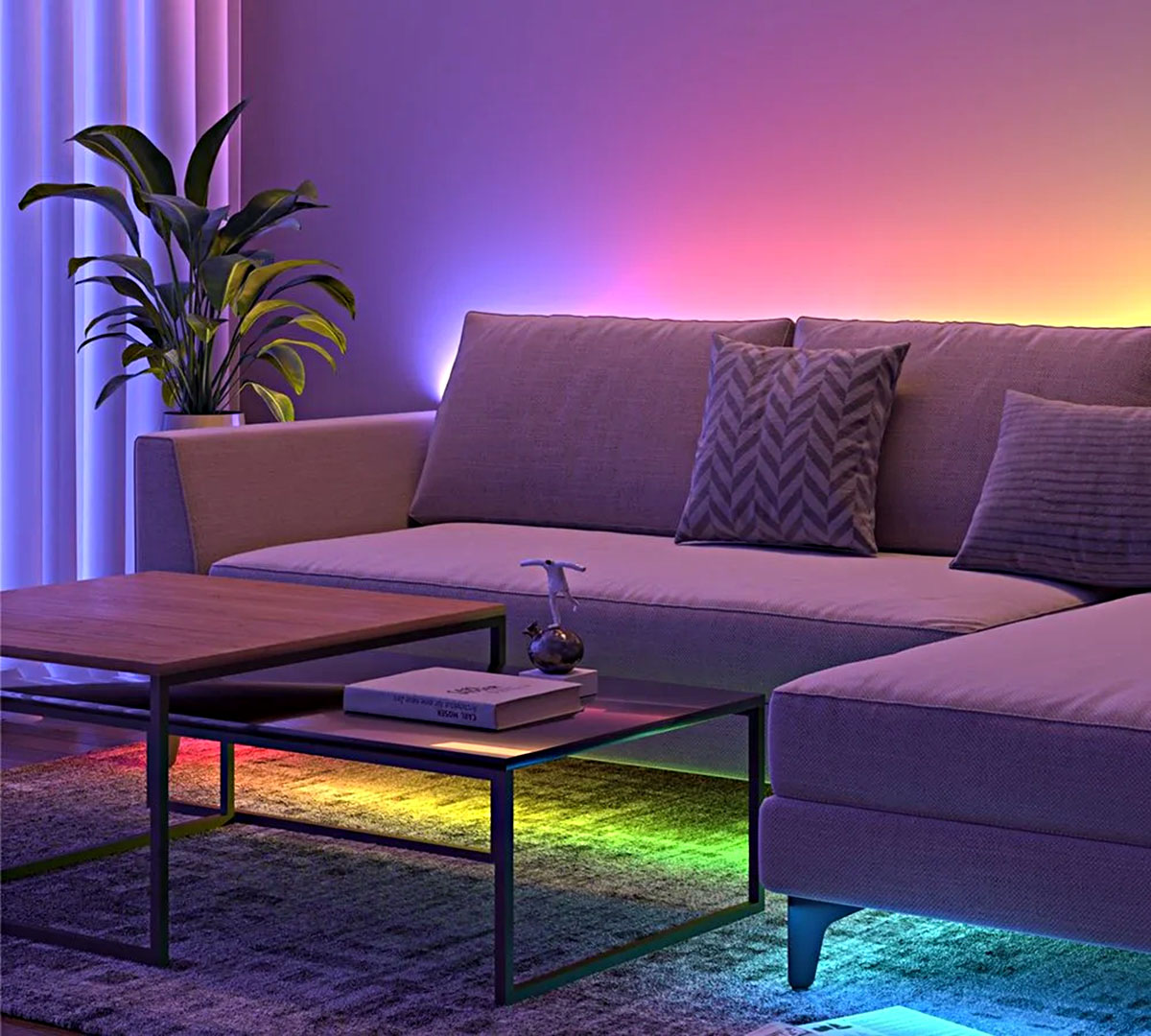
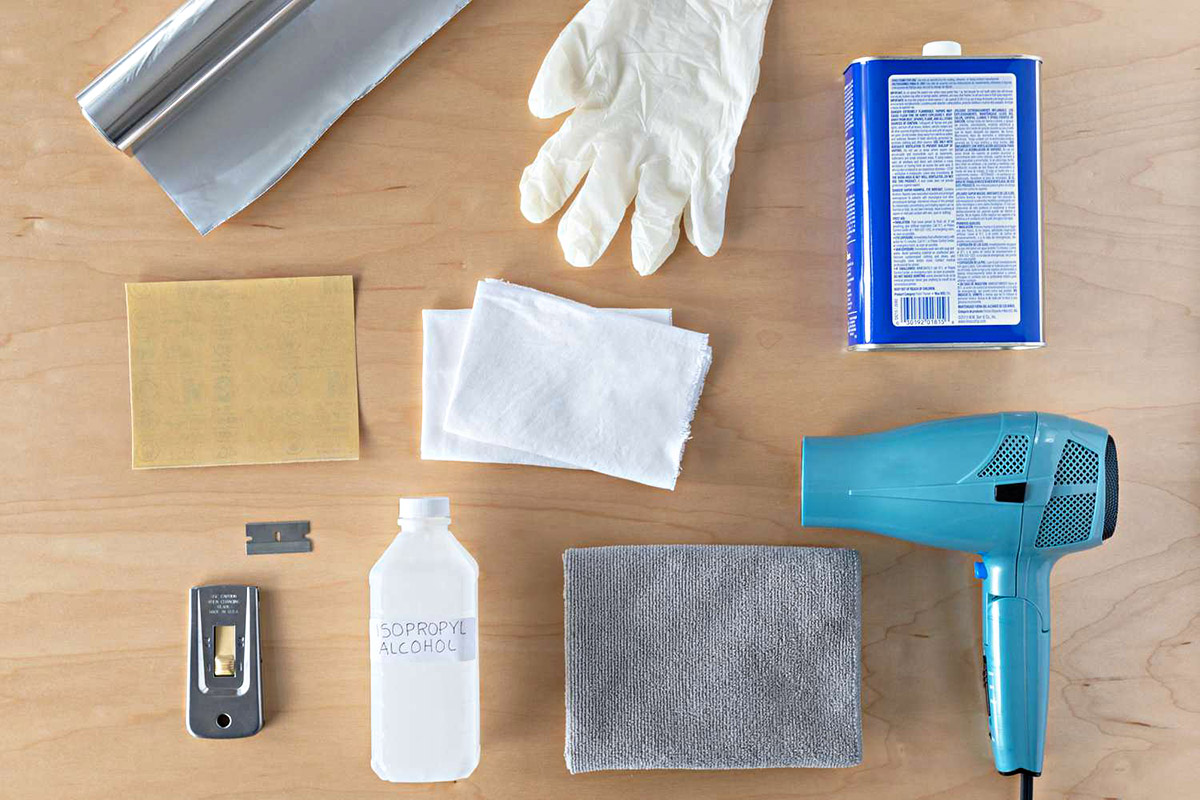
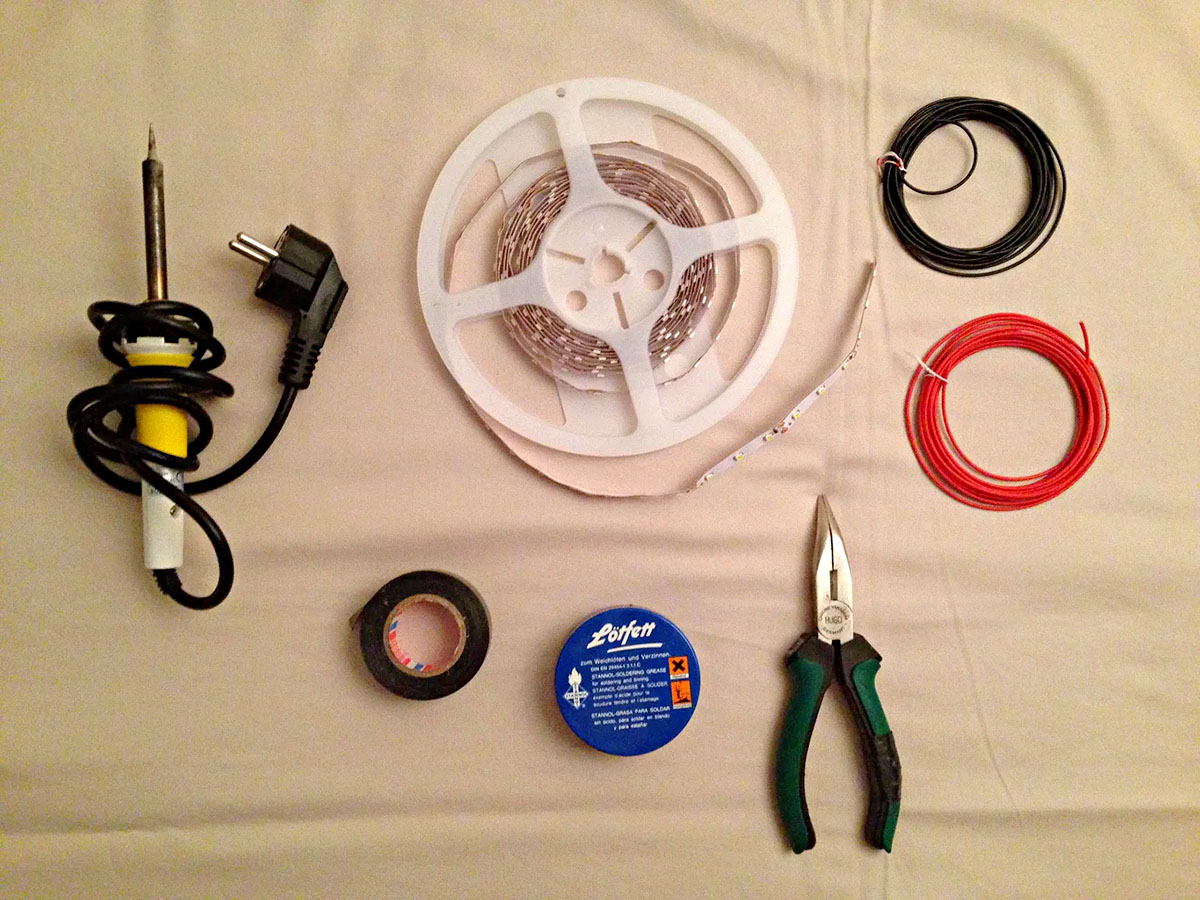
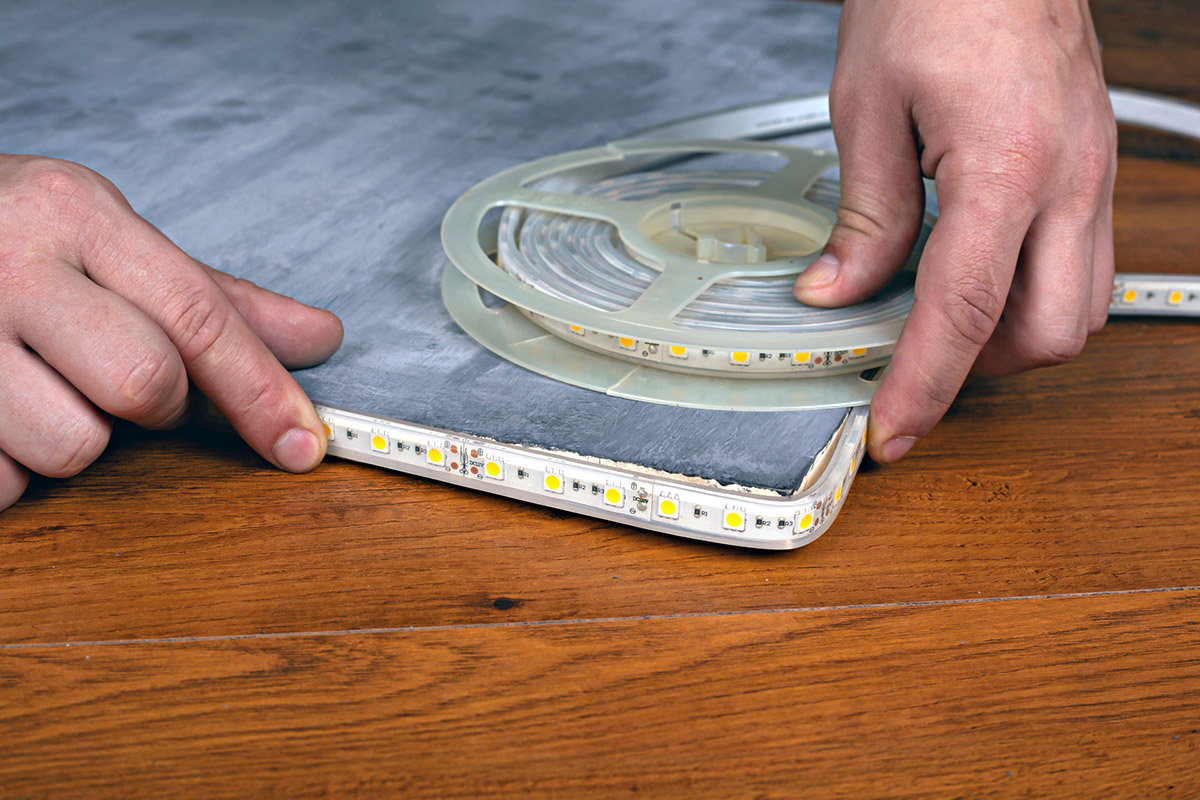
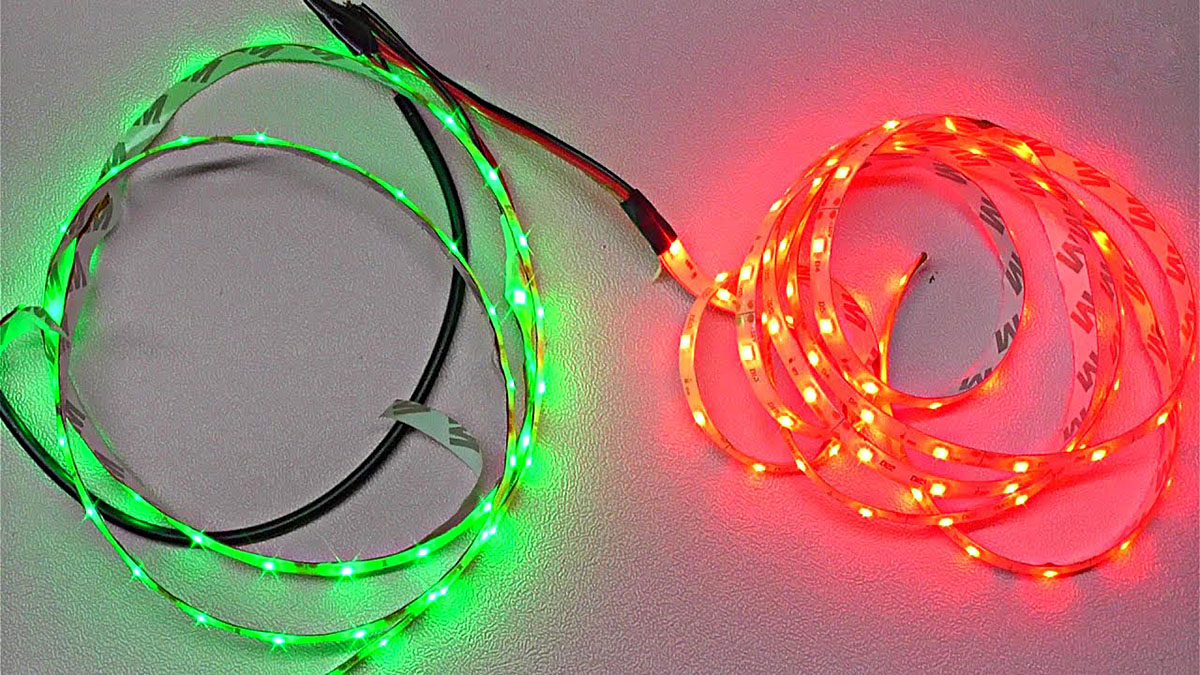
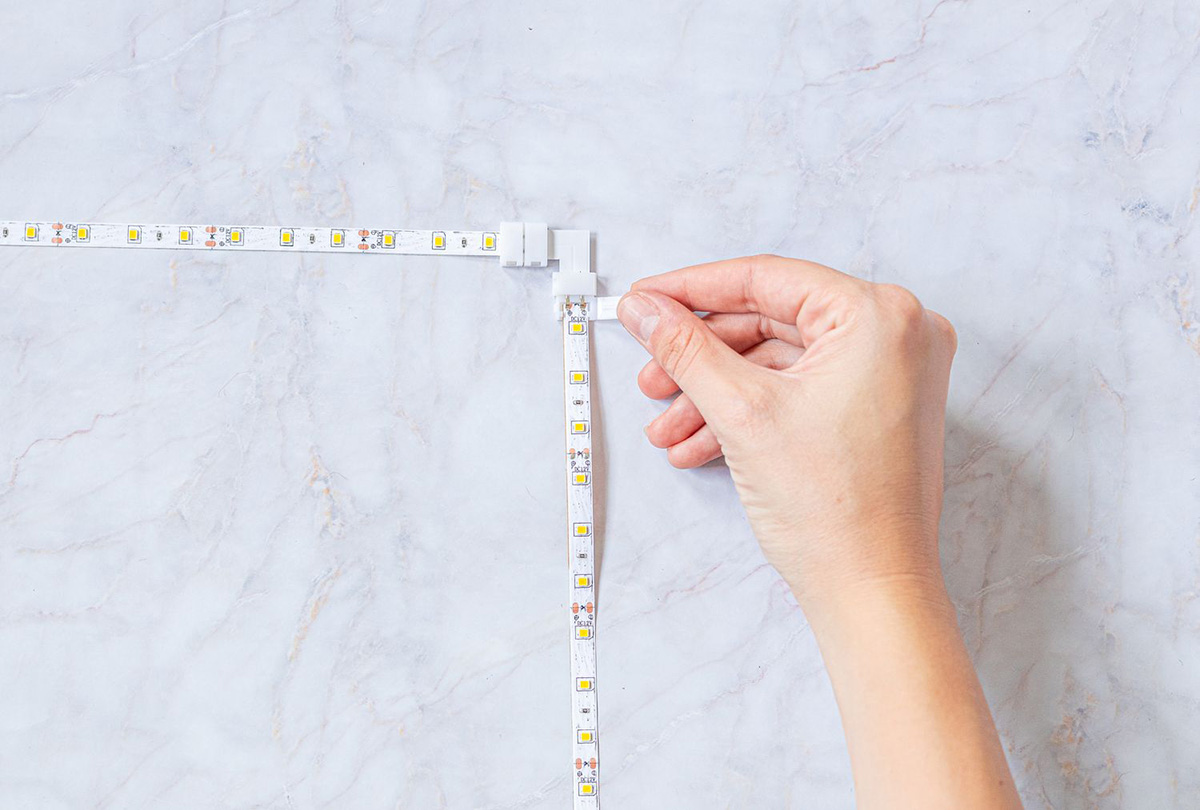
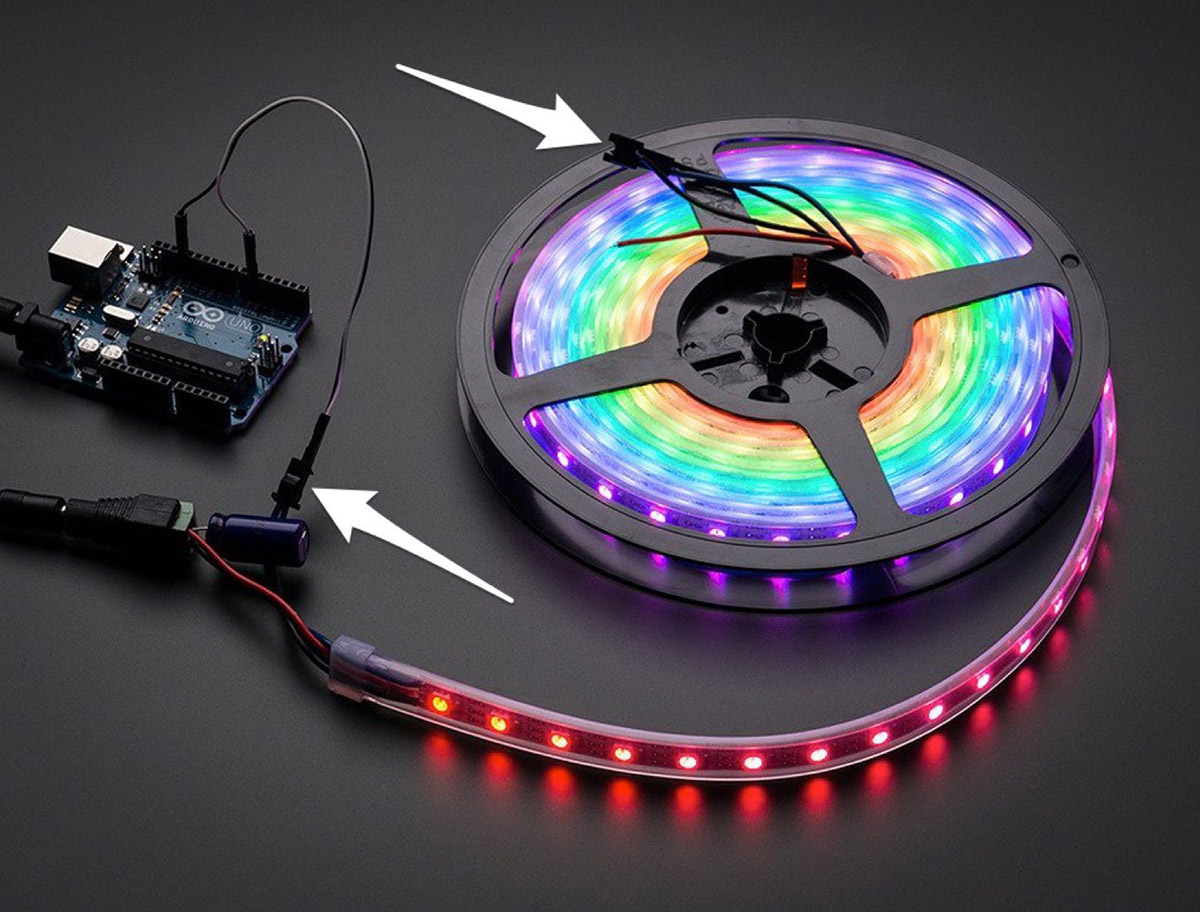

0 thoughts on “How To Connect To LED Strips”